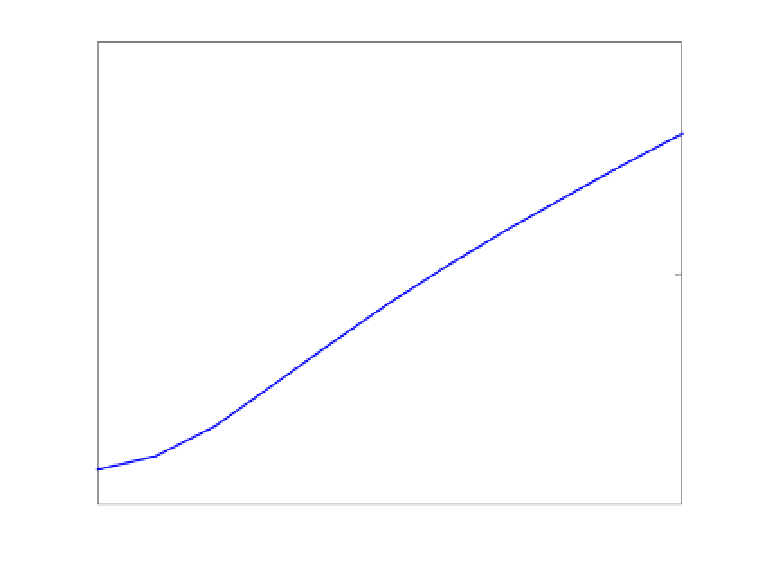Information Technology Reference
In-Depth Information
x 10
-5
1.35
1.3
1.25
1.2
1.15
1.1
1.05
1
0.95
0.9
1000
0.85
0
100
200
300
400
500
600
700
800
900
distance (m)
Fig. 6. Half-wave time variation along the distribution line.
From simulations accomplished and presented in this section and taking also into account
the formulation proposed in Rusck (1957), it is verified that the obtained results by Rusck's
method are coherent with those obtained through field experiments (Eriksson et al., 1982) or
even with those results produced using reduced model techniques (Paula et al., 2001; Salari
& Portela, 2007).
However, some modifications in this method are necessary in order to transpose this
methodology to practical situations involved with real distribution systems. Basically, it is
necessary the consideration of current waveforms for the atmospheric discharge similar to
those found in the nature. It is needed due to the atmospheric discharge characteristics
considered in Rusck's method.
As presented at the beginning of this section, the waveform for the atmospheric discharge
current used in Rusck's methodology has been a step function. In the next section, the
necessary modifications in the approach proposed in Rusck (1957) are conducted in order to
complement the existent theory, becoming it appropriate for practical applications.
Other works involving practical extension of Rusck's formula for maximum lightning-
induced voltages that accounts for ground resistivity and improved procedures for the
assessment of overhead line indirect lightning performance can also be found in Darveniza
(2007) and Borghetti et al. (2007).



































































